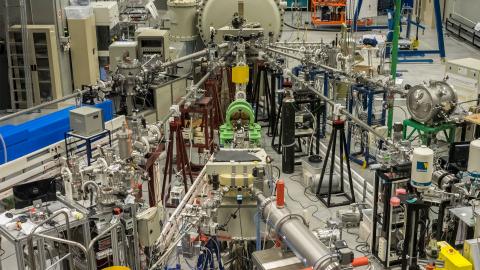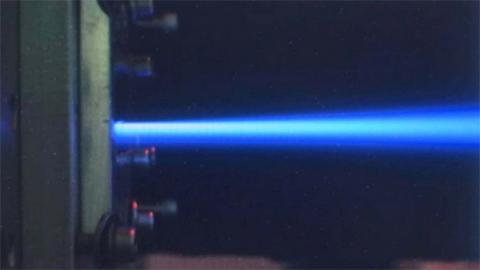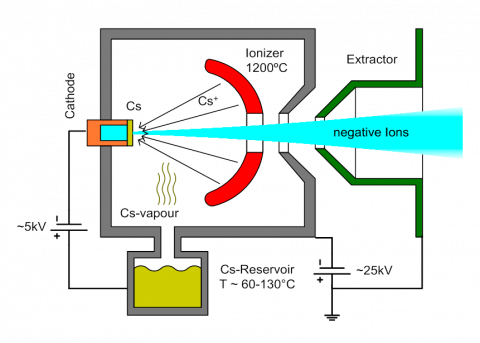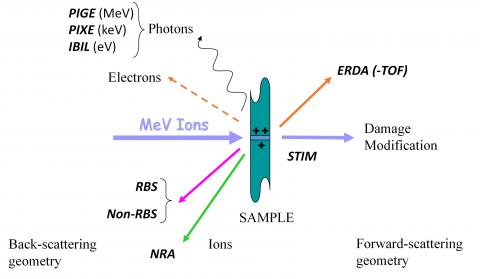




General information
-
Hosting OrganisationCentro de Microanálisis de Materiales-UAM
-
AddressUniversidad Autónoma de Madrid - Campus de Cantoblanco Centro de Micro-Análisis de Materiales, C/ Faraday 3, E-28049, Madrid
-
Contact Info:
-
Phone
-
Emailcmam@uam.es
Description
CMAM is an ICTS (Infrastructuras Científicas y Técnicas Singulares) integrated into the UAM-CSIC excellence campus. CMAM has large multidisciplinary potential, for instance, for Nuclear Physics studies, for testing of instrumentation, Proton therapy, and characterization of wide range of advanced materials with ion beam for different technological applications such as fusion, medical, archeological and those related to circular economy. Moreover, CMAM is very well connected to ARIE (Analytical Research Infrastructures of Europe) and can develop a relevant status in European projects and the European Research Area, as an active member of the ion beam network.
Main equipment or Facilities
The main facility of our center is a 5MV terminal voltage tandem accelerator which reaches energy ranges up to 10 MeV for protons, tens of MeV for heavy ions (practically any ion, reaching Bi). CMAM operates six beamlines (STD, LuB, TOF, IMP, EuB and NUC) which are aviable to users for analysis and modification of materials. Some highlighted features of these lines are that samples of large size can be measured in air, possibility of 2D mapping, depth profiling and sample irradiation with a raster. The analytical techniques herein so-called "IBA techniques" are used to analyze the elemental composition (at different levels: elemental, molecular, spatial, depth...) of a sample through atomic or nuclear reactions by ion irradiation.
Projects under Development
Related to radiobiology, we have three different projects ongoing, and it is considered one of the key strategic areas for the scientific development of CMAM for the coming decade. One of the topics of interest is the so called FLACH effect, wherein radiation treatment with a particularly high dose rate has some evidence in good tumor control with a better preservation of healthy tissue. The flash effect is not fully understood, and it is not yet implemented as part of usual clinical practice. CMAM is active and has projects in several other areas related to materials analysis and irradiation.
Technology Capabilities
RBS: Ion species: He | Ion Energy: 2 MeV | Detected particle: He | Depth resolution: 3-5 nm | Detection limit: 1%-100 ppm
ERDA: Ion species: Si, I, Au | Ion Energy: 20-50 MeV | Detected particle: Atoms | Depth resolution: 50-3 (TOF) nm | Detection limit: 1%-100 ppm
NRA: Ion species: H, D, He | Ion Energy: 1-5 MeV | Detected particle: H, D, He | Depth resolution: 1-10 nm | Detection limit: 0.1%-100 ppm
PIXE: Ion species: H | Ion Energy: 3 Mev | Detected particle: X rays | Detection limit: ppm
PIGE: Ion species: H, D, He | Ion Energy: 1-5 MeV | Detected particle: Y rays | Detection limit: 0.01%
Summary of Research Services
Academic and industrial access to all scientific instruments and laboratories, technology
transfer, innovation, scientific outreach to society.
During the lifetime of CMAM, the facility has provided beam time for houndreds of scientifist from different fields, making IBA and IBMM accesible to a broad communitiy. In the last years, several technical improvements have been incorporated to the pre-existing beam lines and experimental stations. As a result, nowdays more sophisticated experiments can be carried out at the six operative beam lines.
Procurement process
CMAM follows public procurement procedures adopted by UAM according to the Spanish Law (Law 9/2017 of 8 November on oublic sector contracts). This policy applies to all contracts signed with regional, national and international companies.